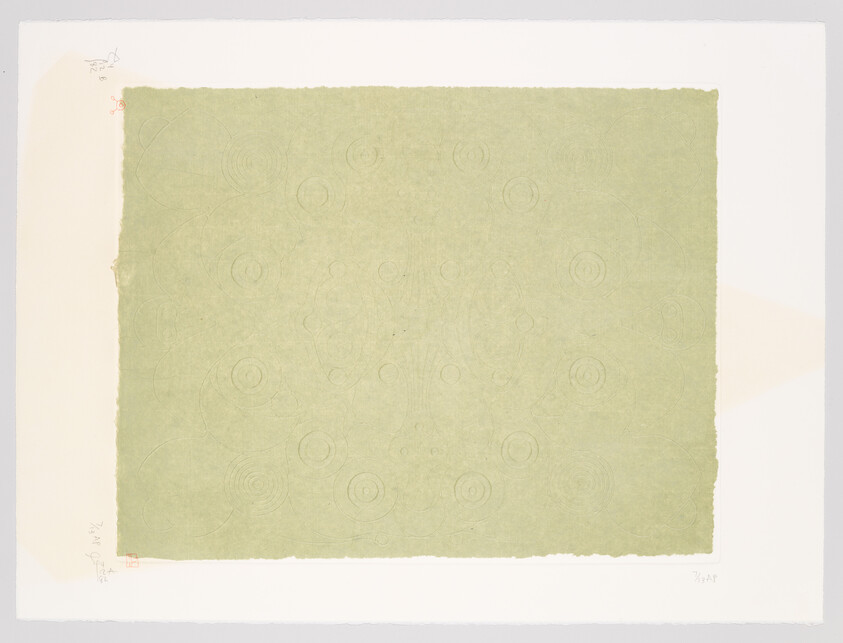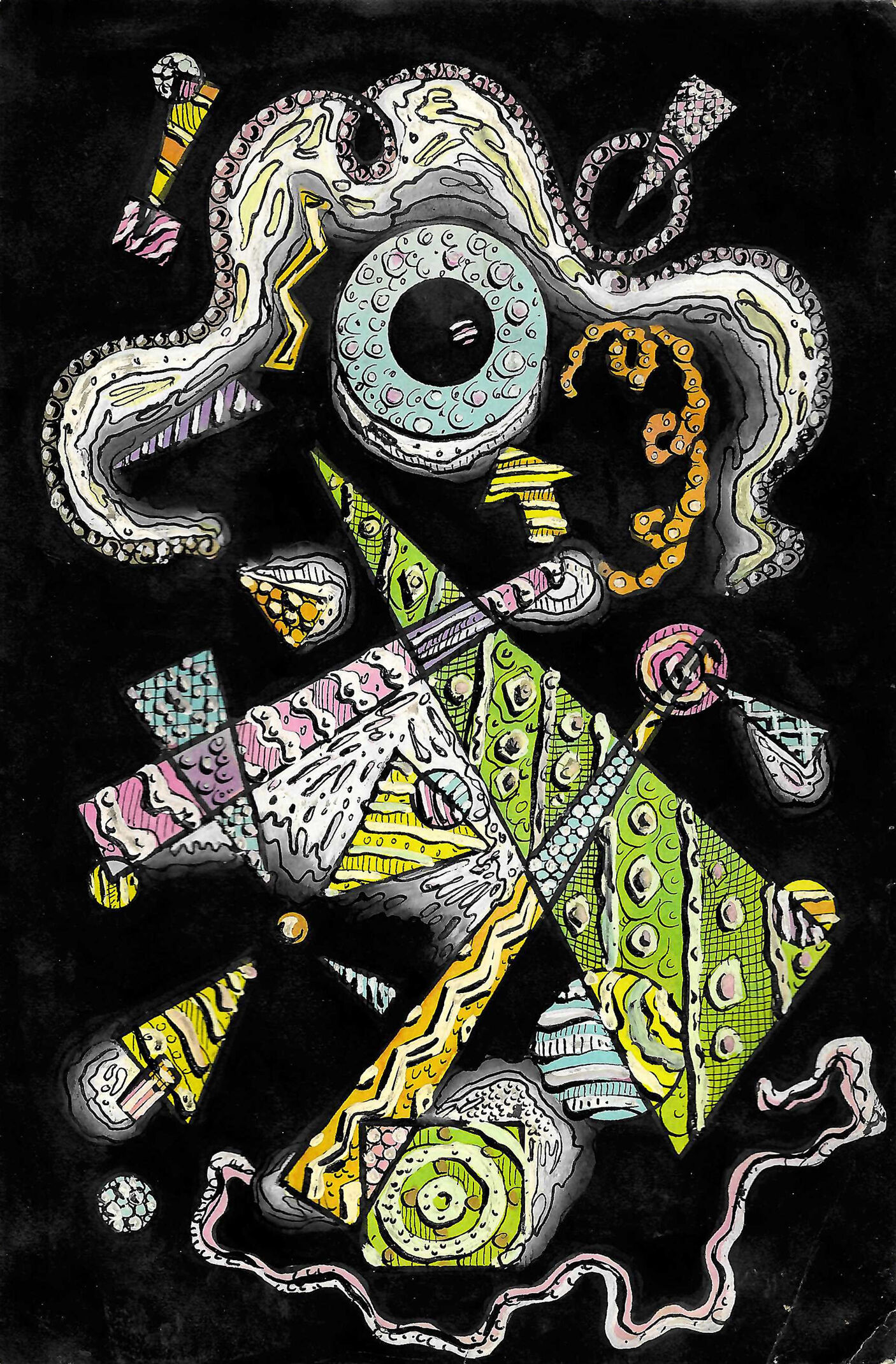Minisode: Anthology of American Folk Music
Sept 8, 2023
0:00
Minisode: Anthology of American Folk Music
0:00
Greil Marcus: My name is Greil Marcus. I've written books that take in Harry Smith's Anthology of American Folk Music, one called Invisible Republic that was later called The Old, Weird America. It's been a subject of fascination for me for more than fifty years.
Harry Smith was a man of many parts, many talents, many fields, many adventures. He was a folklorist. He collected commercially released recordings of American folk songs from the twenties, thirties, and forties.He did most of that collecting in Seattle and Berkeley, where he lived in the forties after the war—had a little apartment and scoured the Bay Area for records. He ended up with over 20,000 78s that he kept in a tiny little apartment that he later shipped to New York when he moved.
He wanted to put together a collection of the most interesting, the most gripping, and strange of all the recordings he'd collected that would paint a picture of the United States of America different from one people had ever seen before, through eighty-four records recorded between 1926 and 1934 and released by commercial record companies to sell to markets in the South, to sell to rural white people, to sell to Black people, blues records, string band music, records to sell to Cajun communities in Louisiana ...
This was a burgeoning market all through the twenties that was wiped out by the Great Depression. Records cost from fifty to seventy-five cents. You could feed a family for a week on seventy-five cents after 1929. Harry Smith, in a sense, drew a new map of America and some of the landmarks through the songs that he collected and that he presented in strange sequences that made sense at first only to him and later made sense to millions of people. There were presidential assassinations, there was the sinking of the Titanic, there was pestilence, there were famous train crashes. All kinds of things that were really part of the history of the United States, but sung by strange voices with words describing these shared events in ways that had never been heard before, whether they were sarcastic, whether they were sardonic, whether they were, in a sense, almost celebrating tragedies.
Harry Smith put this together to say to the country, to say to posterity, "There's more to America than you ever suspected. There are different kinds of people than those you've ever met. There are different kinds of people hiding inside people you have met. You don't really know this country, and I'm going to show it to you.”
I came across it in 1970 in a record store. I didn't know what it was. It looked interesting. I took it home. I began to play it. About ninety percent of it made no sense to me at all. It was just the strangest people and the strangest voices. I hadn't heard of anybody who was singing on these records. But there were two or three that struck me so hard, Bascom Lamar Lunsford's I Wish I Was A Mole In The Ground was the first. Who wants to be a mole in the ground? Why would you want to be a mole, the most loathsome and disgusting creature on earth? This is what I want to be. What is this about?
That opened the door. I think that would happen to anybody who comes across this production, this art statement, this remapping of America. There will be one or two songs amidst all the strange landscape that you will say, "Who is that? What's that? What's happening here? I have to know." It won't be the song that reached me. It will be something that reaches you that would never have reached me, so this is a polyglot of voices. This is a chorus of people who haven't met, singing in all different directions all at once.
This set, which was originally called just American Folk Music, was issued as three sets of double LPs, two LPs that were called Ballads, many traditional songs going back to England and Scotland that had been changed in their journey to and through America. Many American-born songs, but they tell stories. Then, there was a two-LP set called Social Music, which was religious music, dance music, community music, sermons, preaching, dances, minstrel skits. Then there was a two-LP set, called Songs. These were the kinds of songs, whether they were blues, whether they were what were then called hillbilly songs, where people spoke in the first-person, where they said, "This happened to me, this is my story."
It changed music in the sixties because all kinds of musicians, or people who weren't yet musicians but later would become musicians, began to hear these songs. A musician's instinct when they hear a song that moves them, that strikes them, that makes them wonder what it is and how it works is to play it, is to play it for yourself to see if you can make it come out in your own voice and be different—become something that you can say, "I put this into the world too. This song is putting me into the world."
That happened with Bob Dylan, it happened with Jerry Garcia, and other people who ended up creating the Grateful Dead. It happened with hundreds of Greenwich Village folk singers and folk singers around the country. People learned these songs as if they were a Bible, and because it was like a Bible, they had to spread the word. It wasn't just that musicians then, in the 1960s and ever since, have taken these songs and sung them and recorded them and let other people hear them. It was a sensibility—this set that Harry Smith created—that was passed on to people. Where it said to them, "There's more in this music. There's more in this country than you ever imagined, so seek and ye shall find. Go out looking."
In Fragments of a Faith Forgotten: The Art of Harry Smith.
Our podcasts feature brief conversations about artworks and events in and around the Whitney. Listen to more podcasts.


